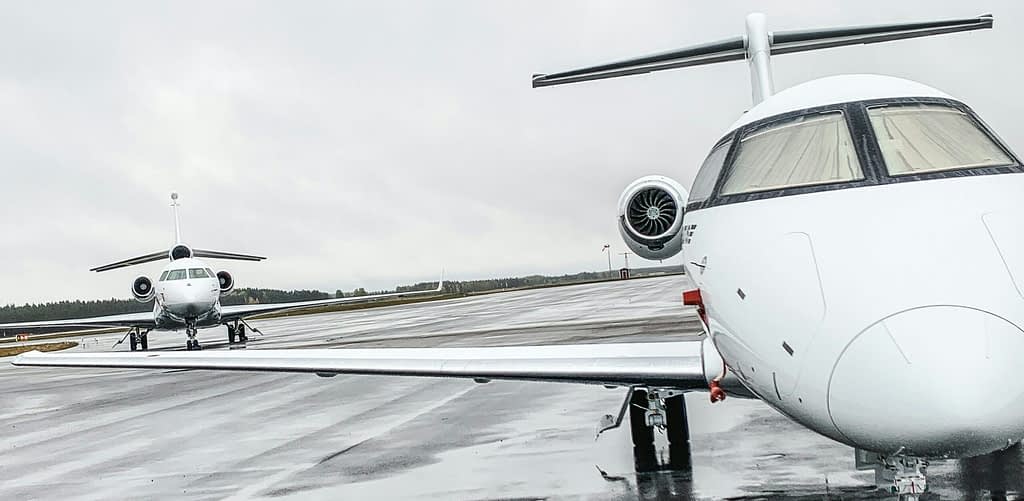While the global economy faces uncertainty due to trade wars and geopolitical conflicts, the aviation industry surprises experts with its resilience and growth potential. The International Air Transport Association (IATA) predicts significant improvement in sector profitability, creating an attractive investment environment for investors seeking stable returns.
Breakthrough Financial Results for Airlines
Airlines will achieve record revenues of $979 billion, representing a 1.3% increase from the previous year. The industry’s net income will rise from $32.4 billion to $36 billion, with margin increasing to 3.7%. These results confirm that aviation sector investments can deliver above-average returns even during economically challenging periods.
Key growth factors include:
- Reduction in jet fuel prices from $99 to $86 per barrel
- Record aircraft load factors reaching 84%
- Fuel cost savings of $25 billion
- Fleet modernization despite supply chain challenges
Asia-Pacific: Engine of Future Aviation Growth
The Asia-Pacific region shows the most dynamic demand growth with expected revenue per passenger kilometer increasing by 9% annually. This growth is supported by relaxed visa requirements in China, Vietnam, Malaysia, and Thailand, creating enormous opportunities for investors focused on rapidly expanding markets.
India represents the world’s third-largest aviation market with 8-10% annual growth. Air India CEO Campbell Wilson notes: “If Indians start traveling with intensity comparable to China, international travel volume will absolutely explode.”
North America: Leader in Absolute Returns
North America maintains its position as the region with the highest absolute returns in the aviation industry. American and Canadian airlines benefit from stable economies and high consumer purchasing power, guaranteeing consistent cash flow for investors.
Investment advantages include:
- Stable regulatory environment
- Advanced airport infrastructure
- Strong domestic travel demand
- Technological innovations in fuel efficiency
Strategic Investment Opportunities Despite Global Challenges
Despite geopolitical tensions and trade conflicts, aviation industry fundamentals remain strong. Abra Group CEO Adrian Neuhauser confirms: “Concerns exist, but we still see the numbers continuing to grow.”
Key investment trends for the current period:
Technological innovations:
- Fleet modernization for higher fuel efficiency
- Service digitalization and operational optimization
- Sustainable aviation fuel as future standard
Market consolidation:
- Mergers and acquisitions strengthening market positions
- Strategic alliances for global coverage
- Route and hub system optimization
Risk Factors and Their Management
The aviation industry faces several challenges that experienced investors must consider. Supply chain problems in aerospace limit fleet expansion, while geopolitical conflicts may temporarily affect certain routes.
However, IATA emphasizes minimal fuel hedging activity, meaning airlines directly benefit from reduced fuel costs. Trade tensions are not expected to impact fuel prices, providing additional security for investors.
Future Outlook: Long-term Growth Potential
The aviation industry demonstrates remarkable resilience against economic shocks. The combination of technological advancement, increasing global mobility, and improving profitability creates ideal conditions for long-term investments.
Experts recommend focusing on companies with diversified routes, modern fleets, and strong balance sheets. Investment strategies should include a combination of established North American players and rapidly growing Asia-Pacific companies.




